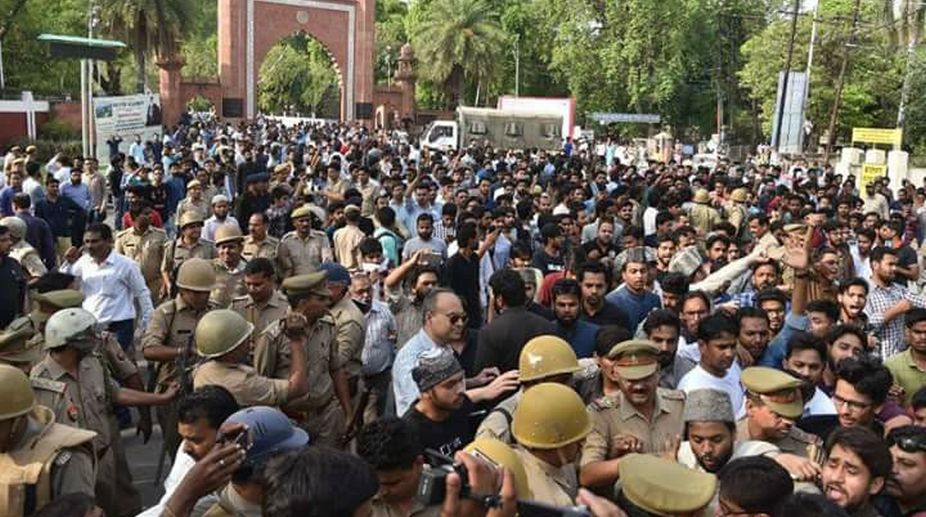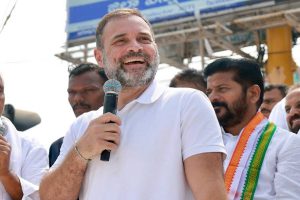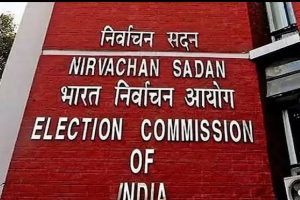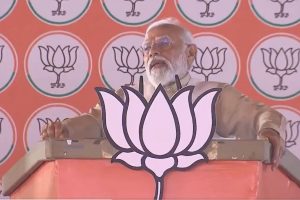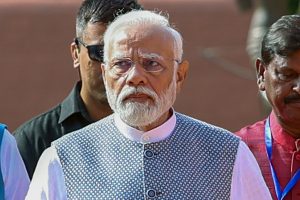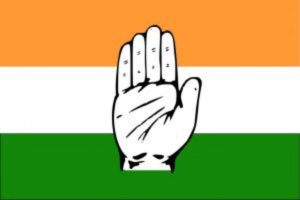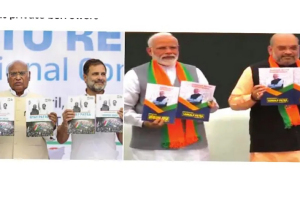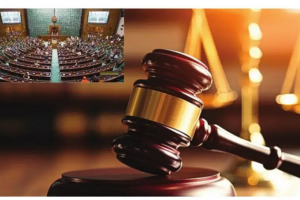Haryana Finance Minister Captain Abhimanyu triggered a hornet’s nest late with his demand for a change of name of the Aligarh Muslim University (AMU), amid the row over the portrait of Muhammad Ali Jinnah.
A Bharatiya Janata Party (BJP) leader, Abhimanyu said on Sunday that the AMU should be renamed Raja Mahendra Pratap Vishwavidyalaya after Jat king Mahendra Pratap Singh.
“I demand AMU should be named after Raja Mahendra Pratap Singh,” the Haryana minister said while addressing a gathering at a ground-breaking ceremony of a Jat Dharamsala in Rewari.
He said while the portrait of the one who “broke the nation” found a place in the university, there was no picture of Raja Mahendra Pratap Singh, who donated a portion of his land to the institution.
This is not the first time that the name of the Raja has entered a controversy surrounding the university. In 2014, tension erupted in AMU after the BJP expressed its desire to celebrate Singh’s birthday.
Who was Raja Mahendra Pratap Singh?
Born on 1 December 1886, Mahendra Pratap Singh was a scion of the Jat royal family of Mursan in Aligarh, a Marxist social reformist and freedom fighter who received education in Muhammadan Anglo-Oriental Collegiate School, which later became AMU. He was the president of the first Provisional Government of India which was formed in Kabul on 1 December 1915.
AMU official records show that Singh had leased a part of his land to the University in 1929.
Singh was forced to flee to Japan by the British who put a bounty on him due to his nationalistic activities which drew many powerful international names, including Lenin, to India’s freedom cause. Nominated for the Nobel Prize for Peace in 1932, Singh returned to India in 1946.
Post Independence, Singh became the president of All India Jat Mahasabha. He contested from Mathura in the 1957 Lok Sabha elections and went to Parliament after defeating Atal Bihari Vajpayee, who was then a member of the Bharatiya Jana Sangh (the erstwhile BJP).
Singh breathed his last on 29 April, 1979.
Protests
On the day Capt Abhimanyu demanded the change in name, close to 100 former students of the university staged a sit-in on a lane opposite the FICCI auditorium on Barakhamba Road in New Delhi despite the rain and strong winds.
Members of the alumni association of the Jamia Millia Islamia as well as the Jawaharlal Nehru Unversity (JNU) also joined the “silent protest” against the attack on the students of the institute, allegedly by members of right-wing Hindu Yuva Vahini group.
AMUOBA president Irshad Ahmed, while speaking to mediapersons, sought a judicial inquiry into the 2 May attack over a portrait of Pakistan’s founder Muhammad Ali Jinnah on the university campus.
According to sources, about 20 students were treated for injuries suffered due to the police action to disperse AMU students.
Association general secretary Mudassir Hayat, who was also present at the protest, alleged that the attack was an attempt to disrupt the function to grant life membership of the students’ union to former vice-president Hamid Ansari.
He said the attack had nothing to do with Jinnah’s portrait as it had been hanging there since 1938.
(With inputs from agencies)

